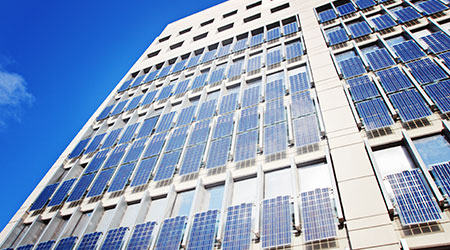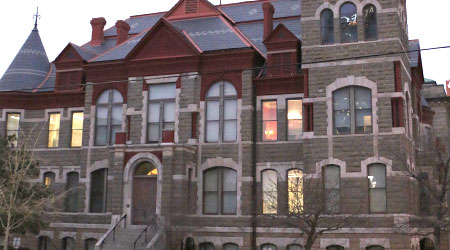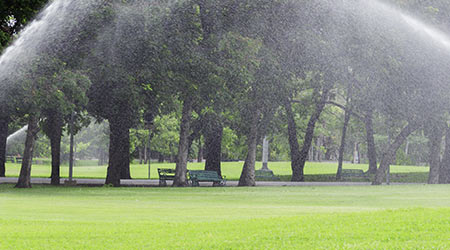
Building Design: Sustainable and Functional?
March 8, 2018
The rise of sustainability in institutional and commercial facilities has created a host of challenges for managers in these facilities. Not the least of these challenges is striking a balance between building design and operation decisions that are environmentally friendly but that also are practical. Designs and operation decisions that tilt too far in one direction tend to create unforeseen problems that divert valuable resources from other areas of the facility. Consider the case of Apple’s flagship store on Michigan Avenue in Chicago.
Winter has struck the store, and the hysteria has begun. With icicles dangling from the store's ultrathin carbon fiber roof and caution signs and yellow tape cordoning off sections of the store's outdoor plaza, internet commentators rushed to the judgment that the store is poorly designed for the city in which it sits, according to an article in The Chicago Tribune.
Writes blogger Matt Maldre, "Maybe next time Apple will consider the actual community where their stores are built. Y’know, basic things like in Chicago, the weather gets cold. It snows. The snow falls off the roof. Don’t design a sloping roof where the snow can’t be caught or guttered off somewhere."
Read: Building design for productivity and sustainability
Point taken. But let's put this in perspective. Winter happens. And architects often aren't prepared for it. Such shortcomings undercut their achievements and their credibility as problem-solvers. Yet the faults do not altogether vanquish the value of their designs.
By the myopic standard of the commentators, Frank Gehry's snaking BP Bridge in Millennium Park is a failure. The bridge has a wood deck. In the past, when snow piled up on it, it had to be closed lest the metal blades of city snow plows gouge holes in its forgiving wood surface. Substitute concrete for wood on Gehry's bridge and you would have a far more ordinary span. It would be open 365 days a year, but the journey across it would be less easy on the feet and less lifting to the spirit.
Learn more about the role of sustainability in resilient facility design.
There are times when it is advisable to bend the narrow rule of form following function in favor of a broader perspective that considers the trade-off between the two and how that trade-off affects what ultimately counts — how buildings and the rest of the built environment shape human experience.
Not that getting conked on the head with the icicle is acceptable. Apple spokesman Nick Leahy says the building's architects, London-based Foster + Partners, had designed the glass-walled store with winter in mind but had been foiled by a technical malfunction.
"The roof has a warming system that's built into it," he says. "It needed some fine-tuning, and it got re-programmed today. It's hopefully a temporary problem."
This Quick Read was submitted by Dan Hounsell — dan.hounsell@tradepressmedia.com — editor-in-chief of Facility Maintenance Decisions.
Next
Read next on FacilitiesNet












